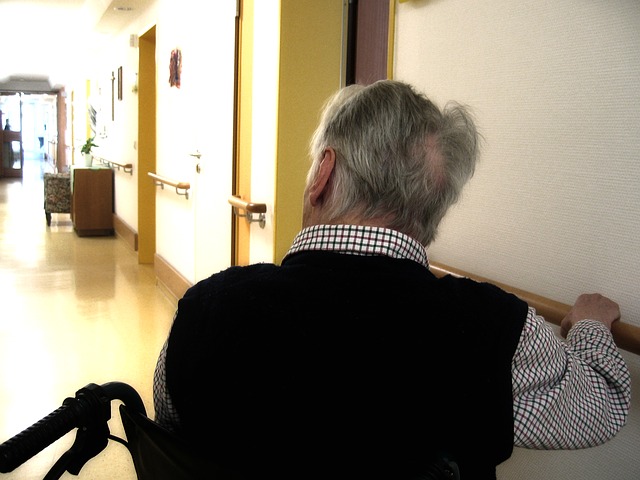
Nursing home neglect is, unfortunately, a widespread problem.
According National Center on Elder Abuse (NCEA), a program of the U.S. Administration on Aging, in 2014 the number of nursing home residents was approximately 1.4 million, with another almost a million residents in residential care communities. A 2001 U.S. House of Representatives report reflects that between 1999 and 2001 nearly 1 in 3 nursing homes in the U.S. were cited for violation of federal standards that had the potential to cause harm, and nearly 1 out of 10 had violations that did cause residents harm or serious injury. The NCEA also reports that in a study of 2000 nursing home residents done in 2000, 44% said they had been abused and 95% said they had either been neglected or seen another resident neglected. They further report that another study done in 2010 reflects that over 50% of nursing home staff admitted to mistreating older patients within the year before, with two-thirds of these incidents involving neglect.
What Is Elder Abuse and Neglect?
Elder abuse can take many forms:
- Physical and Emotional Abuse – either through intentional infliction of pain or injury, or by depriving a vulnerable elder of a basic need, and the infliction of mental anguish and distress by verbal or nonverbal acts.
- Exploitation – the taking, misuse, or concealment of funds, property or assets of a vulnerable elder.
- Neglect – through a refusal of failure to provide the basic necessities to a vulnerable elder.
What are the Warning Signs of Elder Abuse and Neglect?
Warning signs of possible elder neglect and abuse include:
- Poor personal hygiene.
- Unsanitary living conditions.
- Bedsores; unattended medical needs; unusual weight loss.
- Physical issues from a lack of nutrition.
- Unexplained injuries.
- A sudden change in alertness or unusual depression.
- Sudden changes in finances.
Washington’s Abuse of Vulnerable Adults Act
Washington’s Abuse of Vulnerable Adults Act, Chapter 74.34 RCW, provides protection for vulnerable adults who have been subjected to abandonment, abuse, financial exploitation, or neglect. It contains procedures for reporting suspected abuse to the Washington State Department of Social and Health Services, investigation of such reports by the Department, and services available to vulnerable adults who have been abused. This Act also creates a cause of action for vulnerable adults who have been abused.
